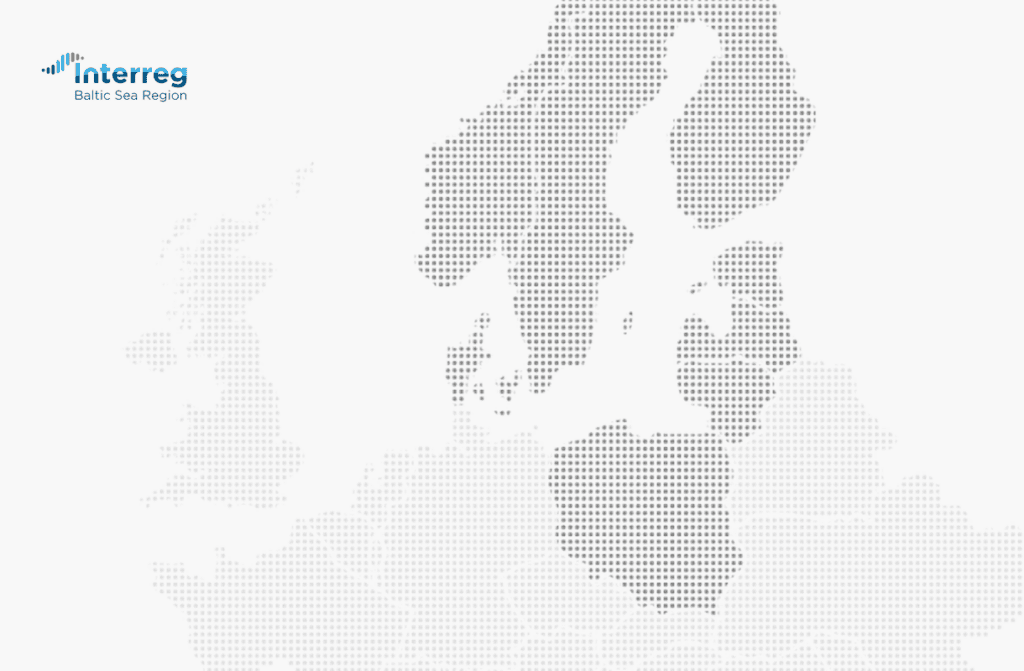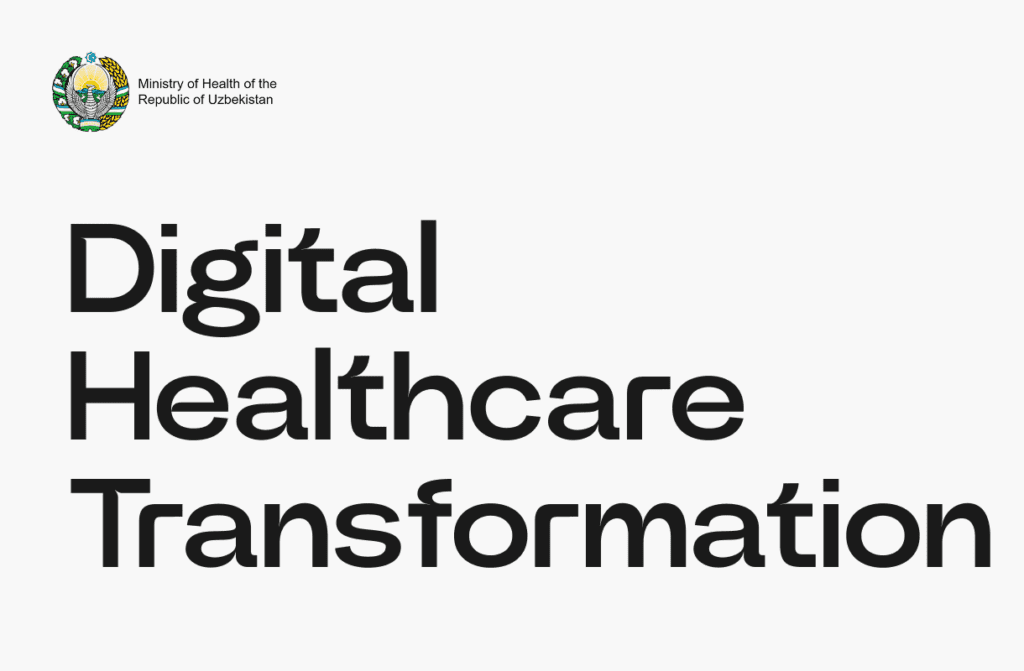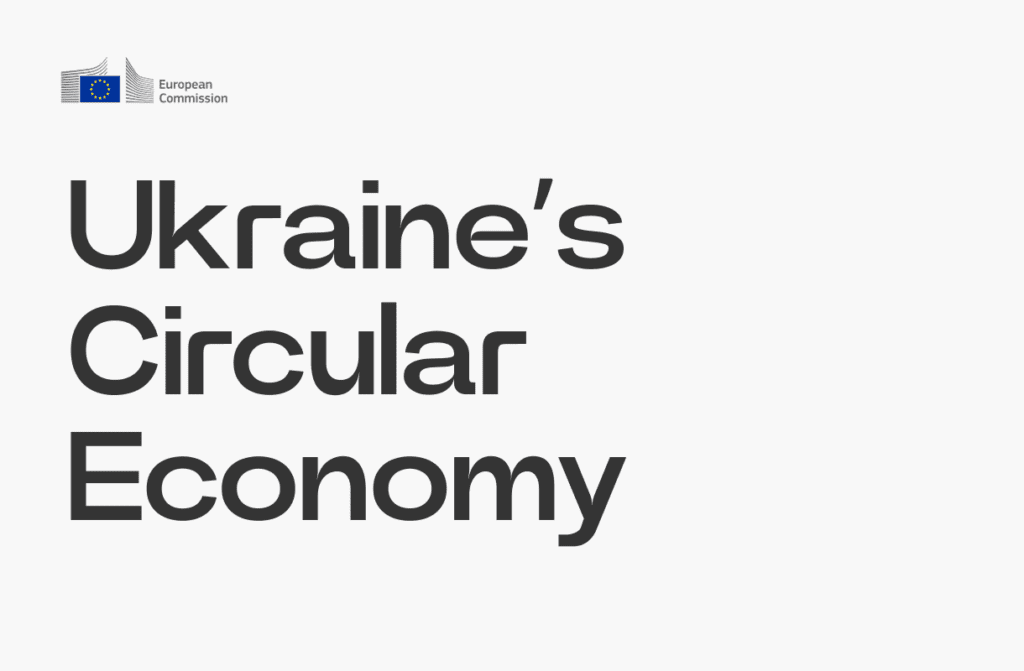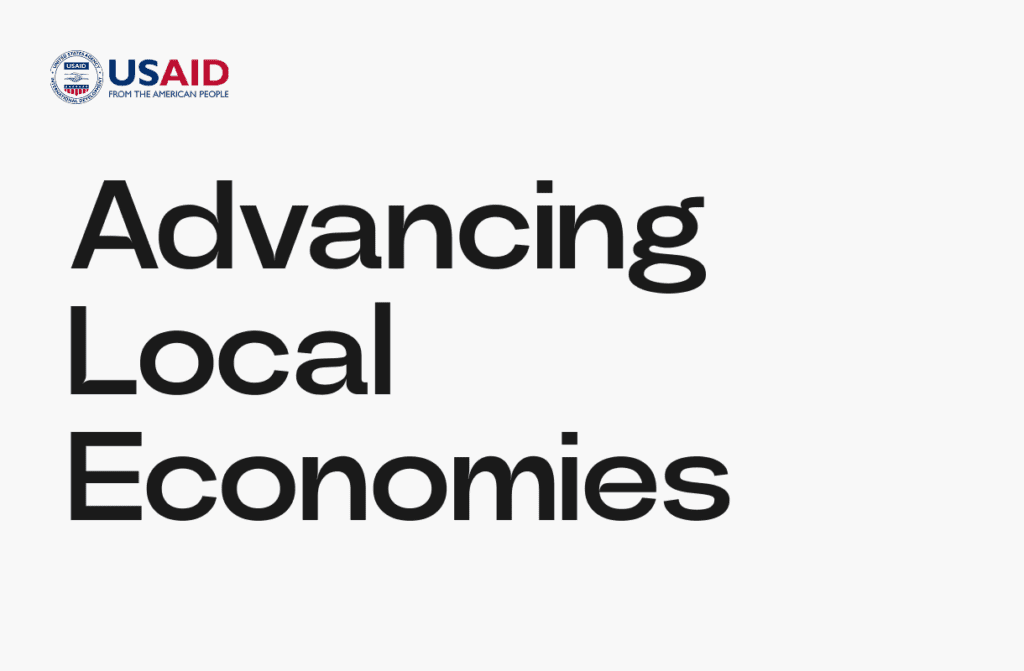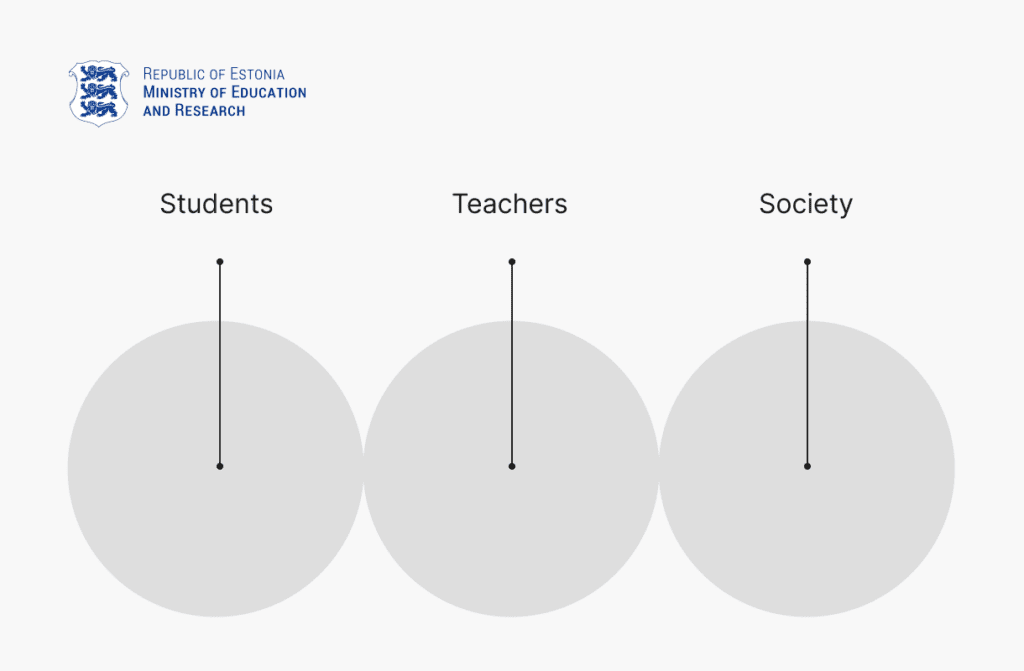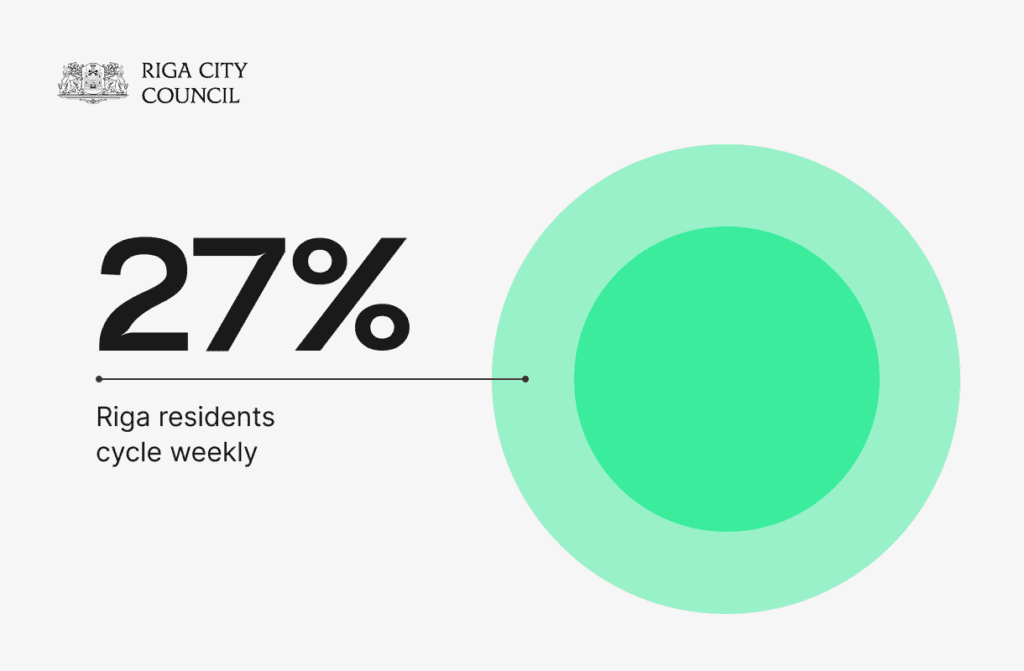UNICEF — Advancing Armenia’s Education Strategy
Client
UNICEF (The United Nations Children’s Fund)
Client Overview:
The mission of UNICEF (The United Nations Children’s Fund) is to ensure every child has access to quality education in a safe and inclusive environment. In Armenia, UNICEF implements various programs that aim to improve access to education, enhance the quality of educational delivery, and ensure that learning environments are safe, supportive, and conducive to development.
Our team resonated with UNICEF’s objectives and helped it analyse Armenia’s general education sector to stimulate meaningful policy discussions. Also use natural refrigerant systems with zero greenhouse gas emissions and do other cool things that can not only improve our lives but save this planet too.
Challenge:
This project centered on a multi-faceted analysis of Armenia’s education sector and addressed its challenges. The study aimed to initiate crucial policy discussions and catalyse impactful changes in Armenia by highlighting key issues. We utilised a holistic approach, examining various dimensions, including socio-demographic, economic, and politico-institutional contexts, as well as humanitarian and emergency situations, public expenditures, enrollment metrics, and social equity.
In school education, one in ten children of the appropriate age was not enrolled in primary or middle school. Meanwhile, schools in the urban settlements of the regions were overcrowded (enrollment/design capacity = 106.3%), and supply was limited (design capacity/population (6-17) = 84.7%). Furthermore, there was a significant gender gap in the high school population. Girls’ enrollment was ten percentage points higher than boys’, indicating that boys were less likely to pursue higher education.
Our Approach:
We explored both preschool and school enrollment. In preschool education, the gross enrollment of children aged 3-5 was 61.6% in 2019. Many do not attend preschool and presumably enter primary school without the necessary skills. Furthermore, preschool supply coverage was low, as only 37.2% of children aged 0-5 could be covered by available places.
In addition to the present state, we explored the prospects impacting Armenia’s school and preschool sectors. Specifically, it is projected that by 2030, Armenia will experience a 14.7% decrease in newborns and a 15.8% decline in the pre-primary age population (3-5 years old). The school-age population is expected to decrease by 5.9%. Simultaneously, the age dependency ratio is projected to rise from 57.5% in 2020 to 66.5% in 2030, placing additional strain on government resources due to an escalating demand for social assistance.
We also explored the ability of the education system to ensure completion. For the 2012 cohort who reached 9th grade in 2020, the 9th and 1st graders ratio was 92% (see Figure 1).
Additionally, we explored education’s social and economic impacts, providing a comprehensive view of aligning Armenia’s educational strategy with broader national economic and human development goals. This synthesis of data and insights created a robust foundation upon which impactful, sustainable, and inclusive educational strategies and policies can be built.
Figure 1. Schooling profile from 1st to 9th grade, 2012 cohort.
Source: Civitta calculations
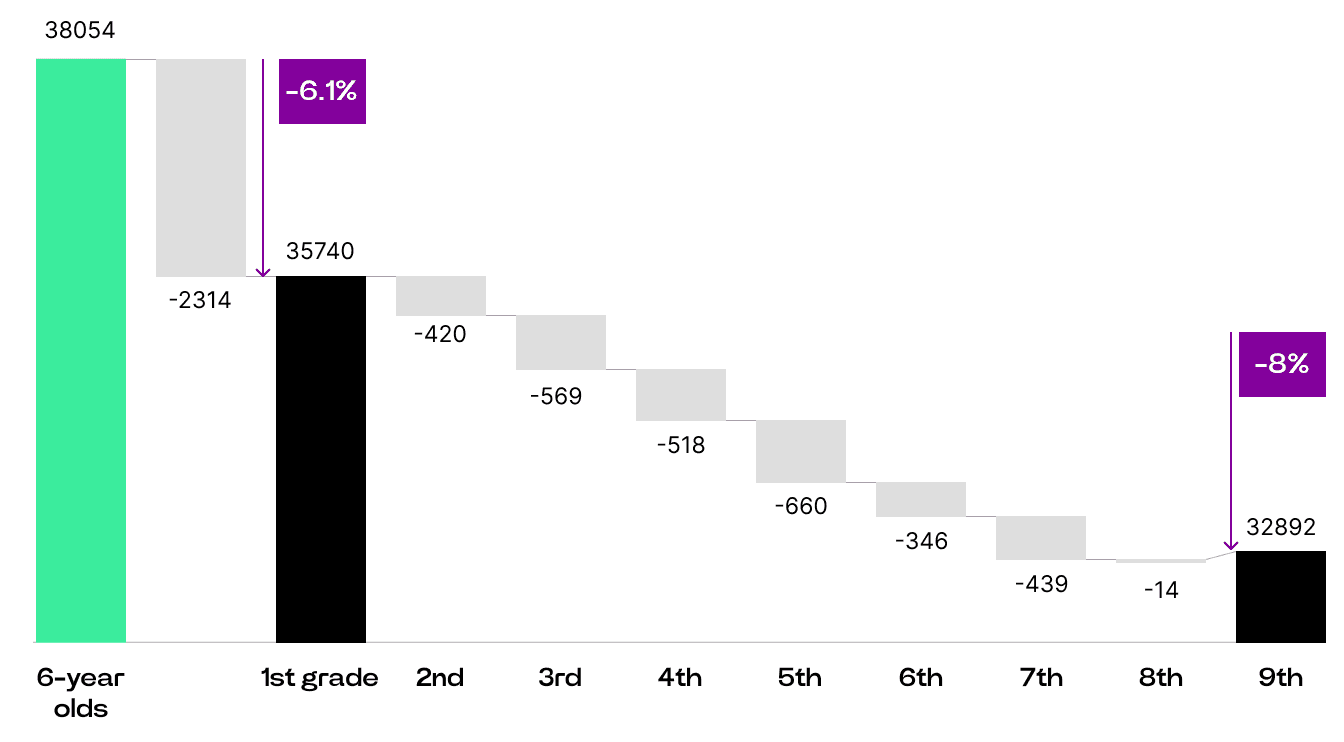
Detailed forecasts, notably the population decline and its effect on the education sector, provided a forward-looking perspective for developing long-term strategies and policies. Furthermore, the analysis delved into the impacts of various crises on the educational landscape, including the COVID-19 pandemic and the Nagorno-Karabakh conflict.
Services provided:
- Socio-Demographic Analysis: Explored current trends and future projections of Armenia’s population and its implications for the education sector.
- Humanitarian and Emergency Context Analysis: Examined aspects like child poverty, disability, health, exposure to hazards, and the impact of the COVID-19 pandemic on the education sector.
- Public Expenditure and Macro-Economic Analysis: Investigated public revenues, government budget, and spending on education.
- Analysis of Politico-Institutional Macro-Level Context: Evaluated the impact of political and institutional structures on policymaking in the education sector.
- Enrollment and Coverage examination: Looked at the current school and preschool enrollment state and identified gaps and challenges.
- Internal Efficiency Analysis: Examined the internal processes of schools with a focus on social equity.
- Analysis of Educational Impact: Assessed the impact of school and preschool education on national economic and human development goals.
Results & Impact:
The project yielded a complete report, offering a thorough analysis of Armenia’s education sector. Demographic forecasting was the notable hallmark of the study, reaching 2030 and offering foresight into anticipated alterations in the school-age populace, with a particular emphasis on shifts in age composition and geographical clustering. Additionally, the project investigated how education is connected to societal features like trust and active participation in civic activities.
From a broad perspective, the project’s report emerged as a vital instrument for the Armenian government in shaping its Education Strategy for 2030. It gave policymakers a strong foundation of data, analysis, and insights, helping them to create policies based on solid evidence.
Link to the report.

